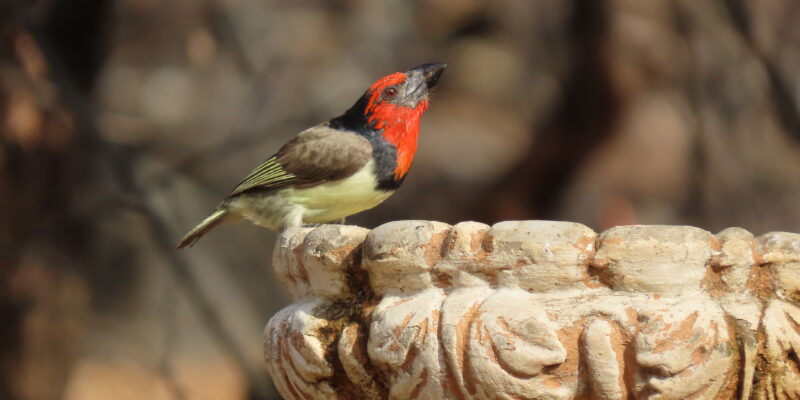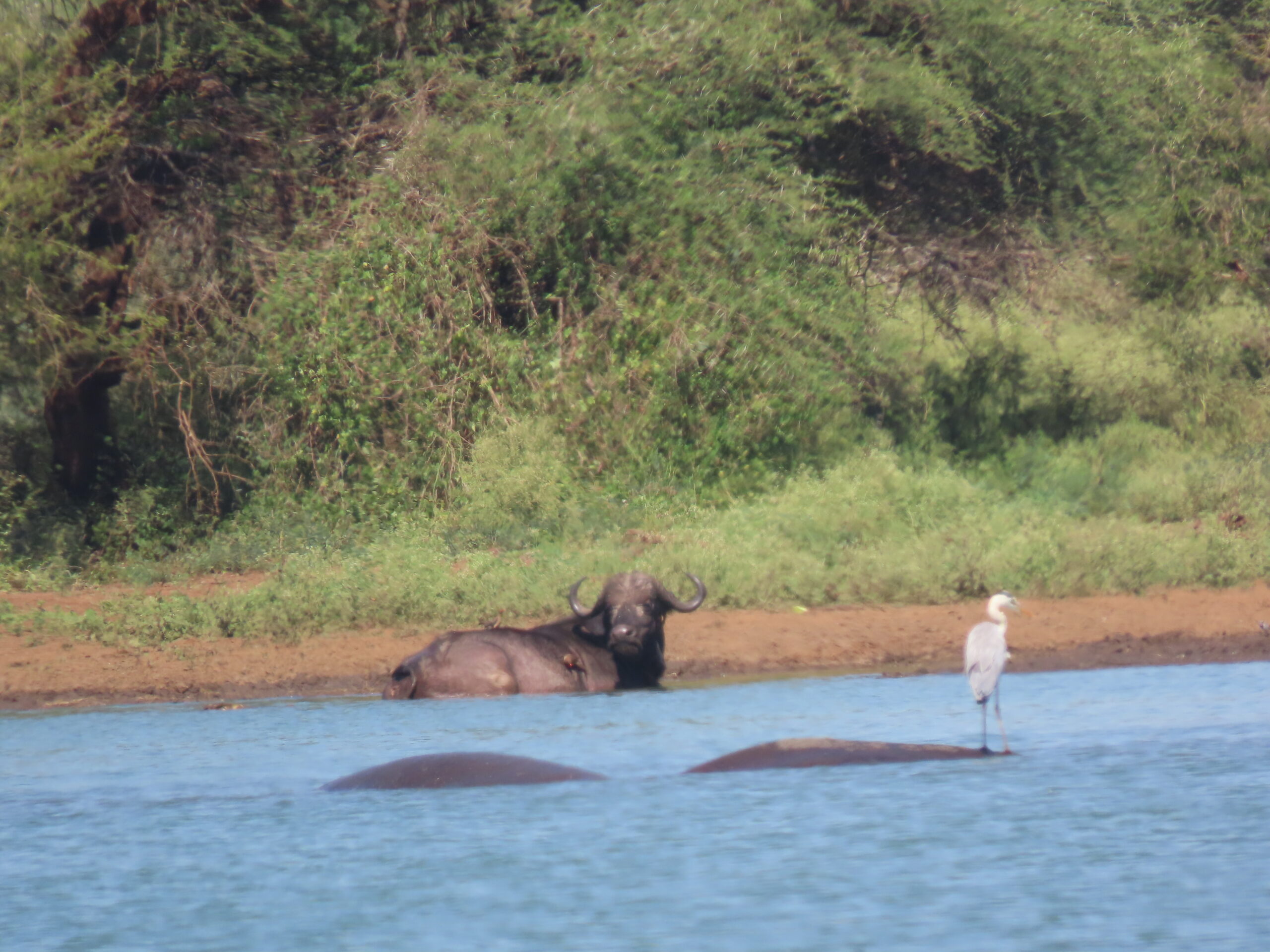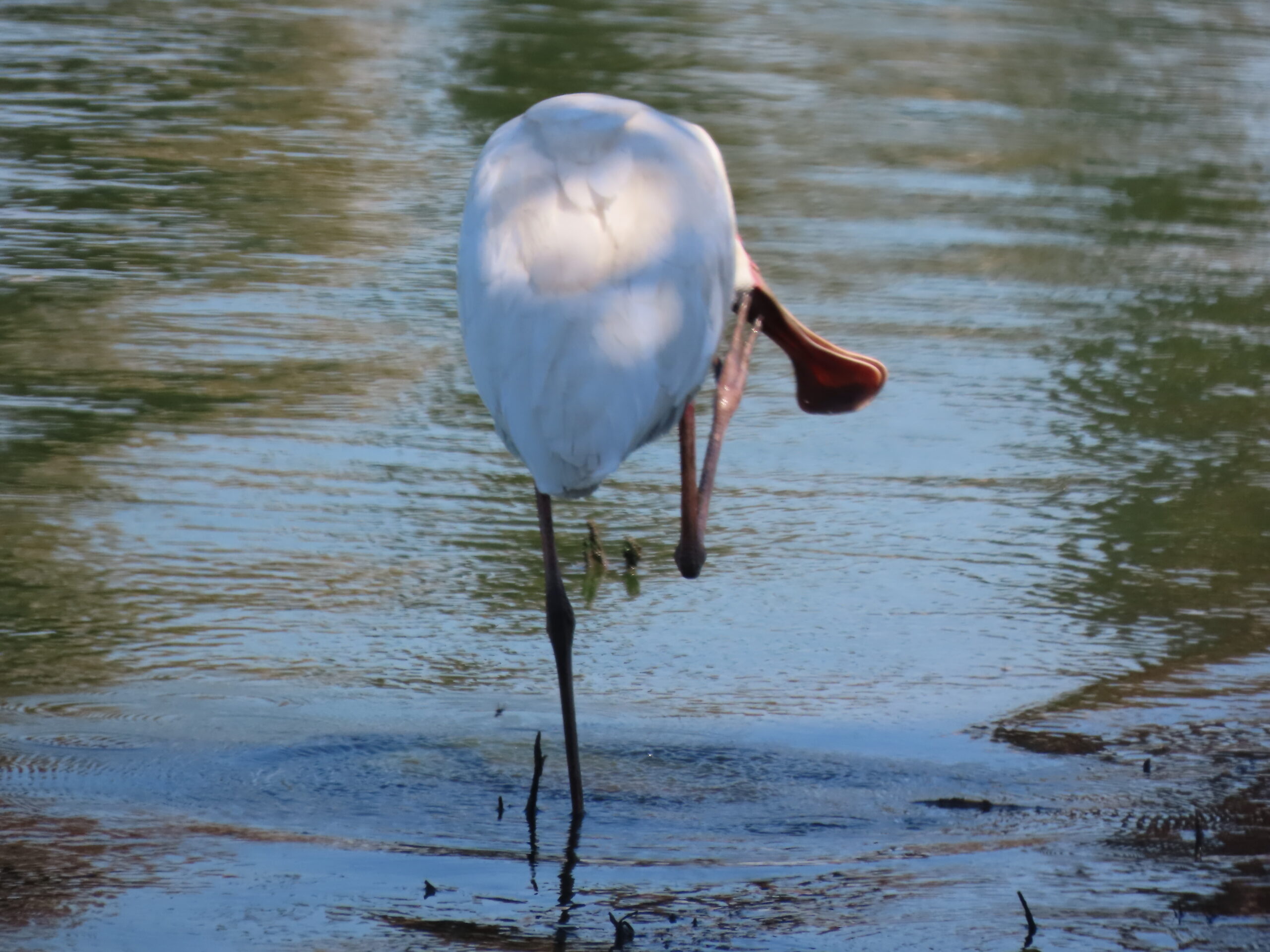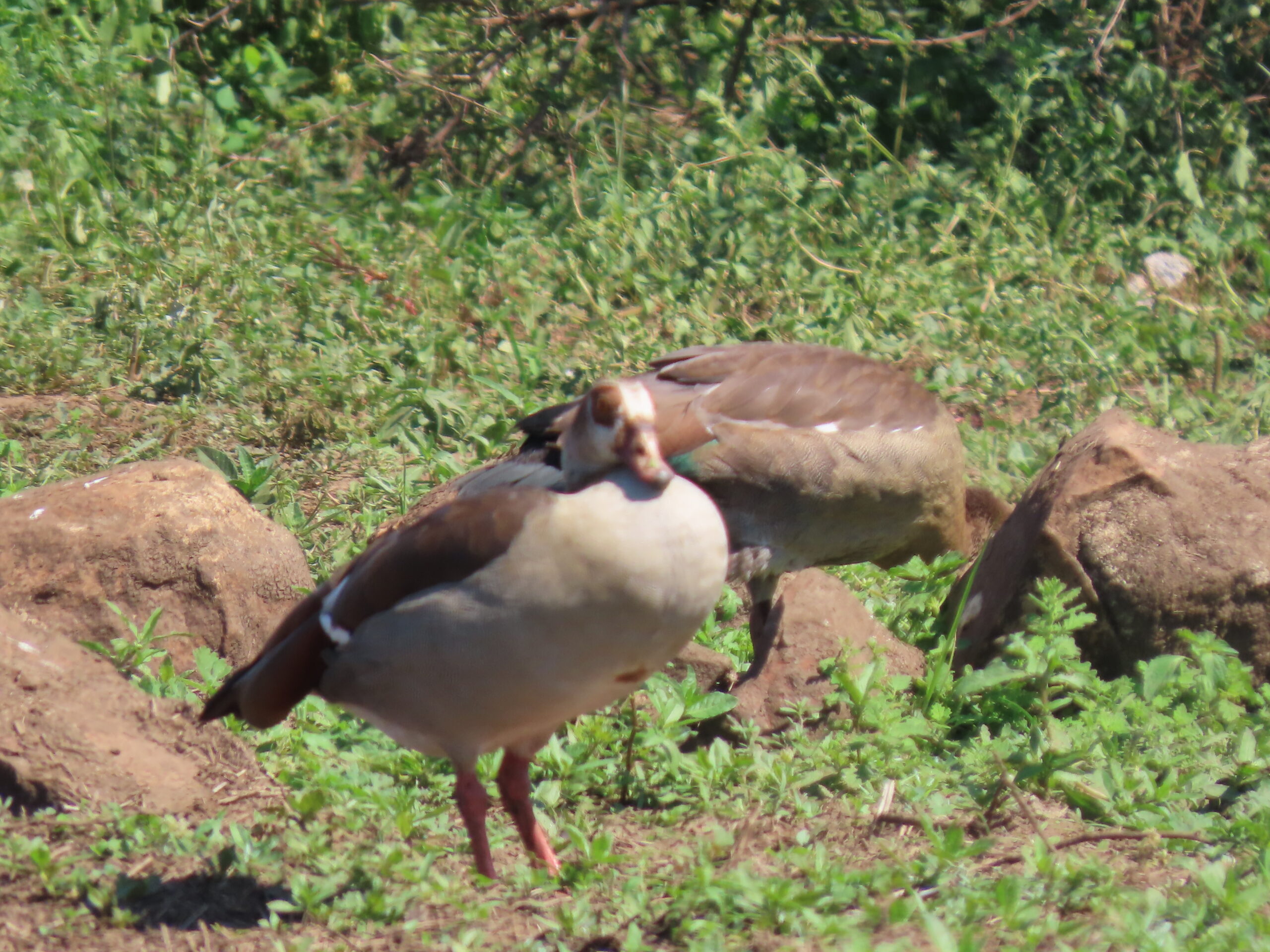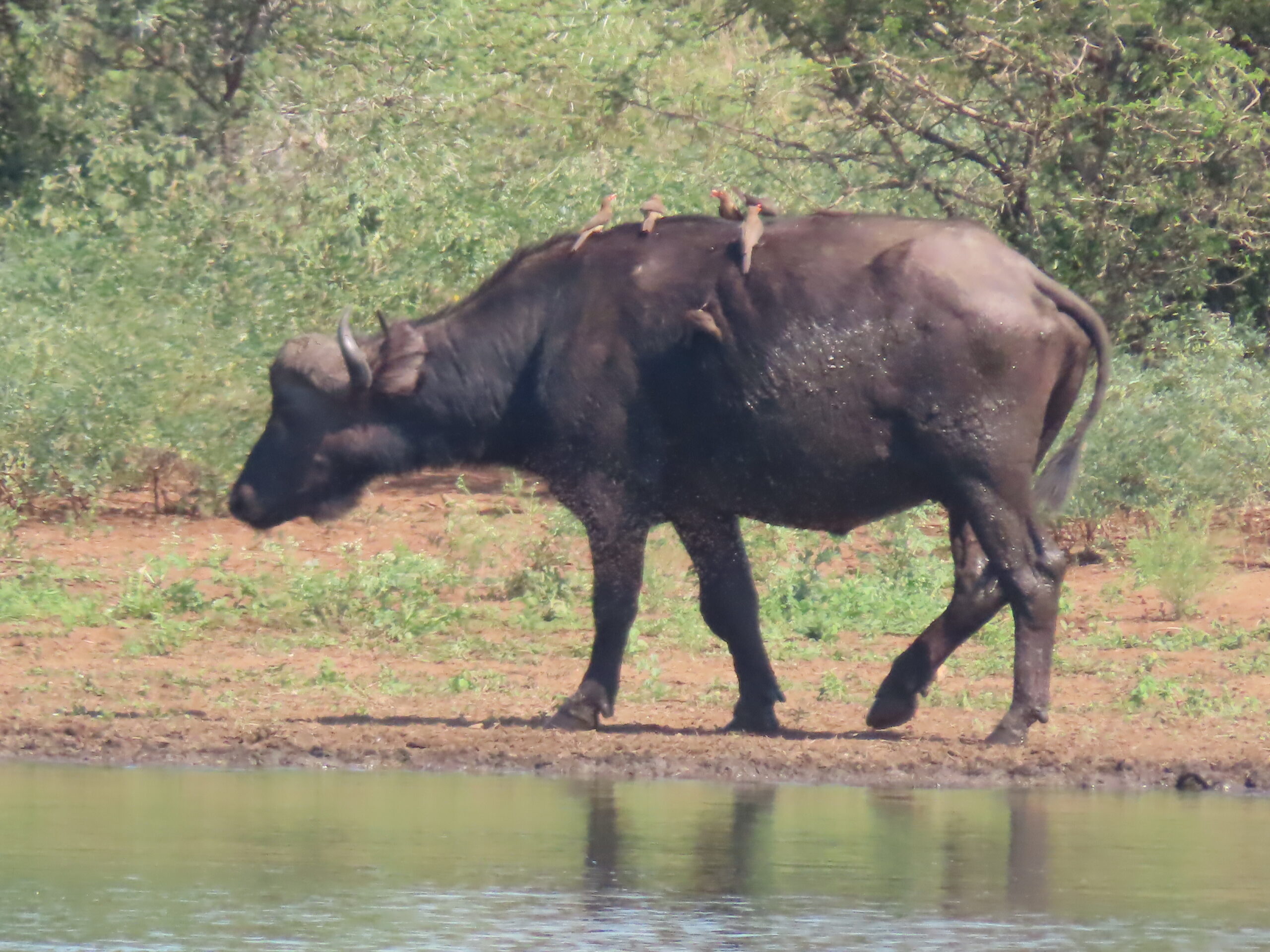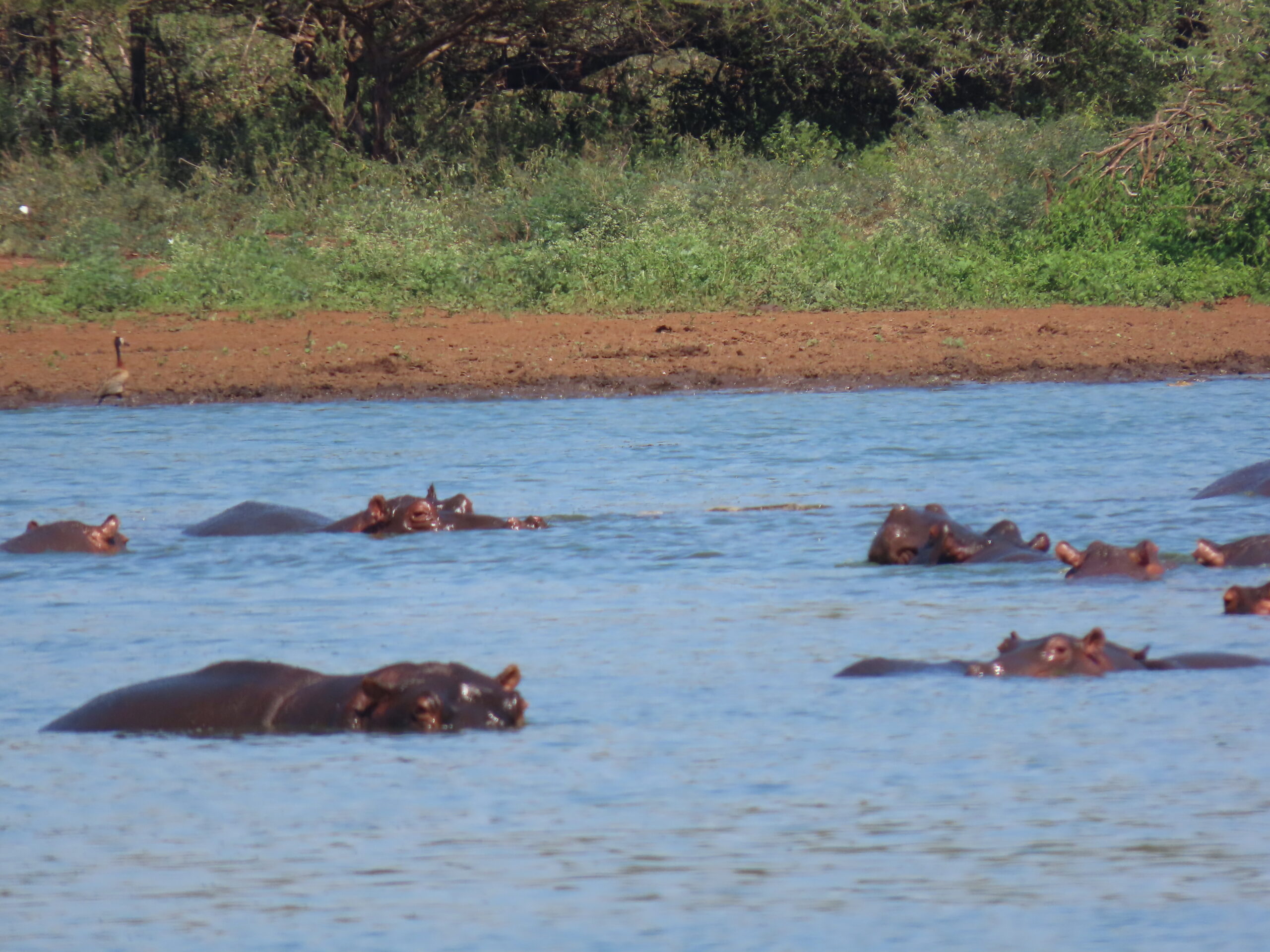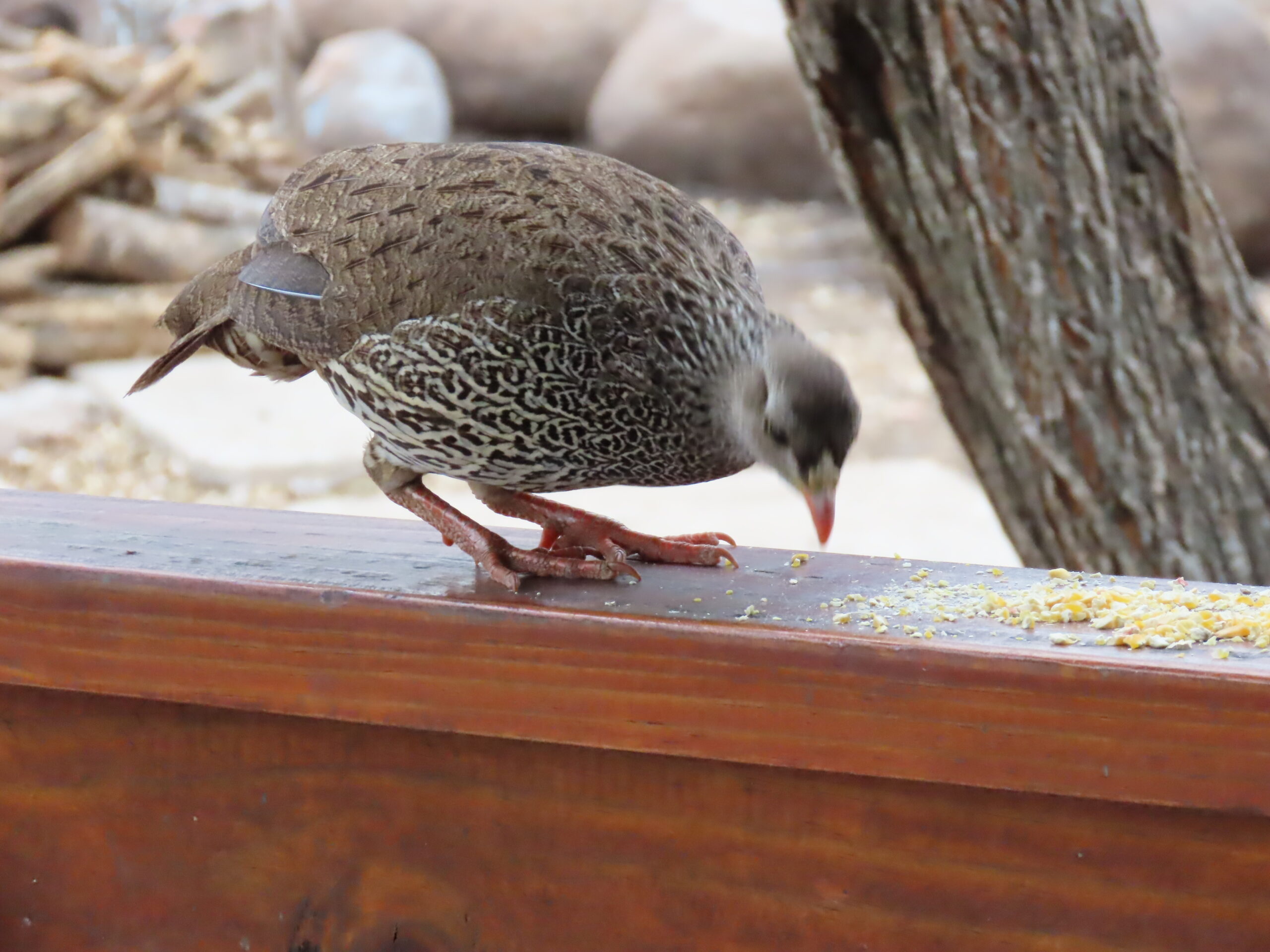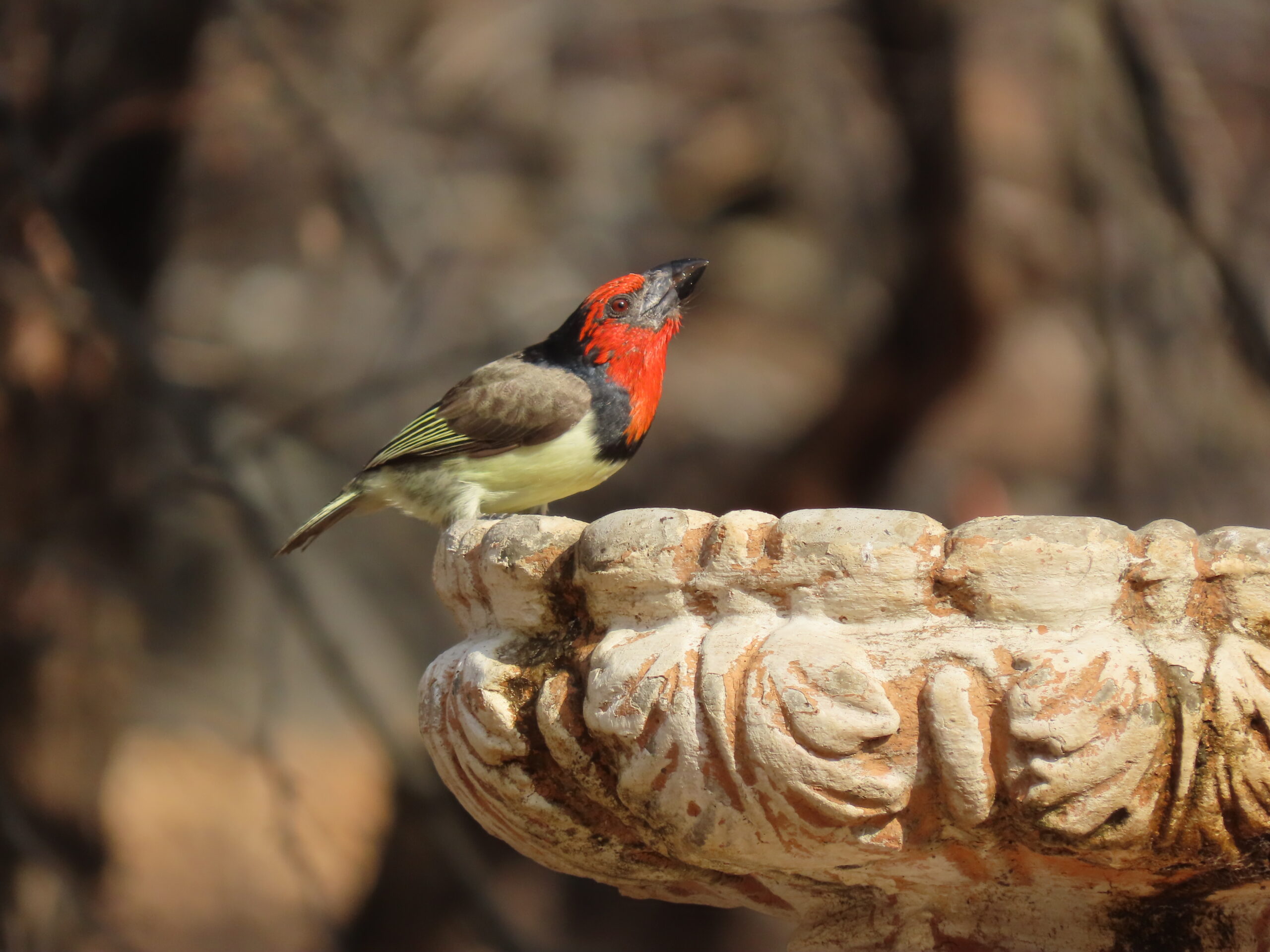
Yes, Norman visited us, but it was last night in the dark, and I couldn’t manage to get a decent photo to share here today. Surely, he’ll return soon and we’ll be able to take pictures of “our boy.”
As much as I’d like to be done unpacking, I have yet to unpack my suitcase completely. Although we very much like this holiday home, it doesn’t have a lot of storage space. Then again, we’ve found that few holiday homes outside the US have adequate storage space for long-term travelers who may have more “stuff” than those staying for weeks as opposed to months, like us.
When these homes are built or remodeled for rental purposes, spending on extra cupboards and closets is not a priority. Of course, we’ll admit we’ve acquired more stuff while spending so much time here in the past nearly 13 years. Now, as I unpack my one bag, I’ll be making piles of clothing that have been replaced by newer items we recently purchased in the USA.

Most likely, I’ll offer some of the items in better shape to Vusi or Zef for their family members. I didn’t want to offend them by offering used clothing, but Louise assured me they are grateful. Zef has two wives, which is culturally accepted in South Africa, and surely his wives, his daughters, or other family members, can use the clothing.
This morning, after another good night’s sleep, I awoke to find Tom already out of bed. I’d slept for a solid seven hours, and he said he’s been awake since 2:00 am. He’ll try to avoid taking a nap today so he can sleep better, since both of us nodded off repeatedly while attempting to watch a few streamed shows last night.
We finally gave up trying to watch anything and turned off the laptop before 9:00 pm. By 10:00 pm, he was fast asleep, while I stayed awake until midnight. When I didn’t feel sleepy, I started streaming a boring show on my phone. Without Tom wearing his hearing aids at night, he couldn’t hear the sound of the show. I prefer not to use earbuds when trying to fall asleep.
This worked for me, and finally I drifted off, not awakening until 7:30 refreshed and ready to start my day. It was a night filled with realistic and wild dreams, but sound REM sleep is vital after such a long travel time. Hopefully, tonight, Tom will get at least seven or eight hours of sleep.
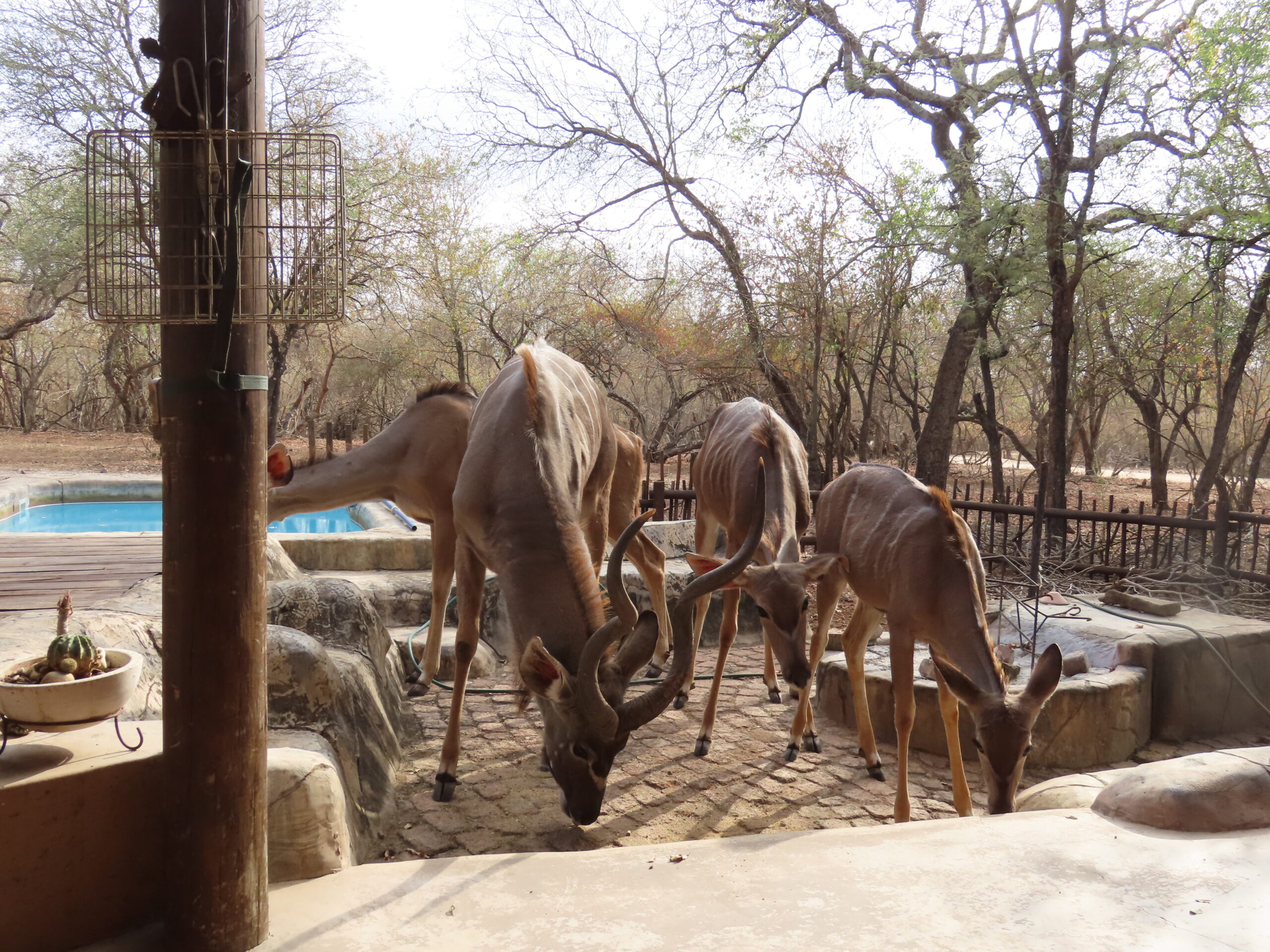
Yesterday, we shopped at Spar in Komatipoort, spending US $330, ZAR 5963, restocking many of our usual items for meals, except for meat. The only meat we purchased was paloney for the mongoose. Once I upload today’s post, we’ll head to The Butchery for meat to last until we shop again just before Karen and Rich arrive in nine days.
Also, we’ll make the short trip to Daisy’s Den to pick up pellets, birdseeds, and pay in advance for lucerne to be delivered once a week for the next month. The animals are hungry, and anything we can do to feed them, we will do. We purchased two 5 kg (11-pound) bags of carrots and one large bag of small apples. The total cost for these three bags was under US $5.00, ZAR 90, a bargain compared to what we’d have paid for these items in the US.
As soon as Zef or Vusi arrive here and make the bed, I’ll have Tom toss my suitcase on the bed, and I’ll get to work on putting everything away.
That’s it for today, folks.
Be well.
Photo from ten years ago today, June 19, 2015:


